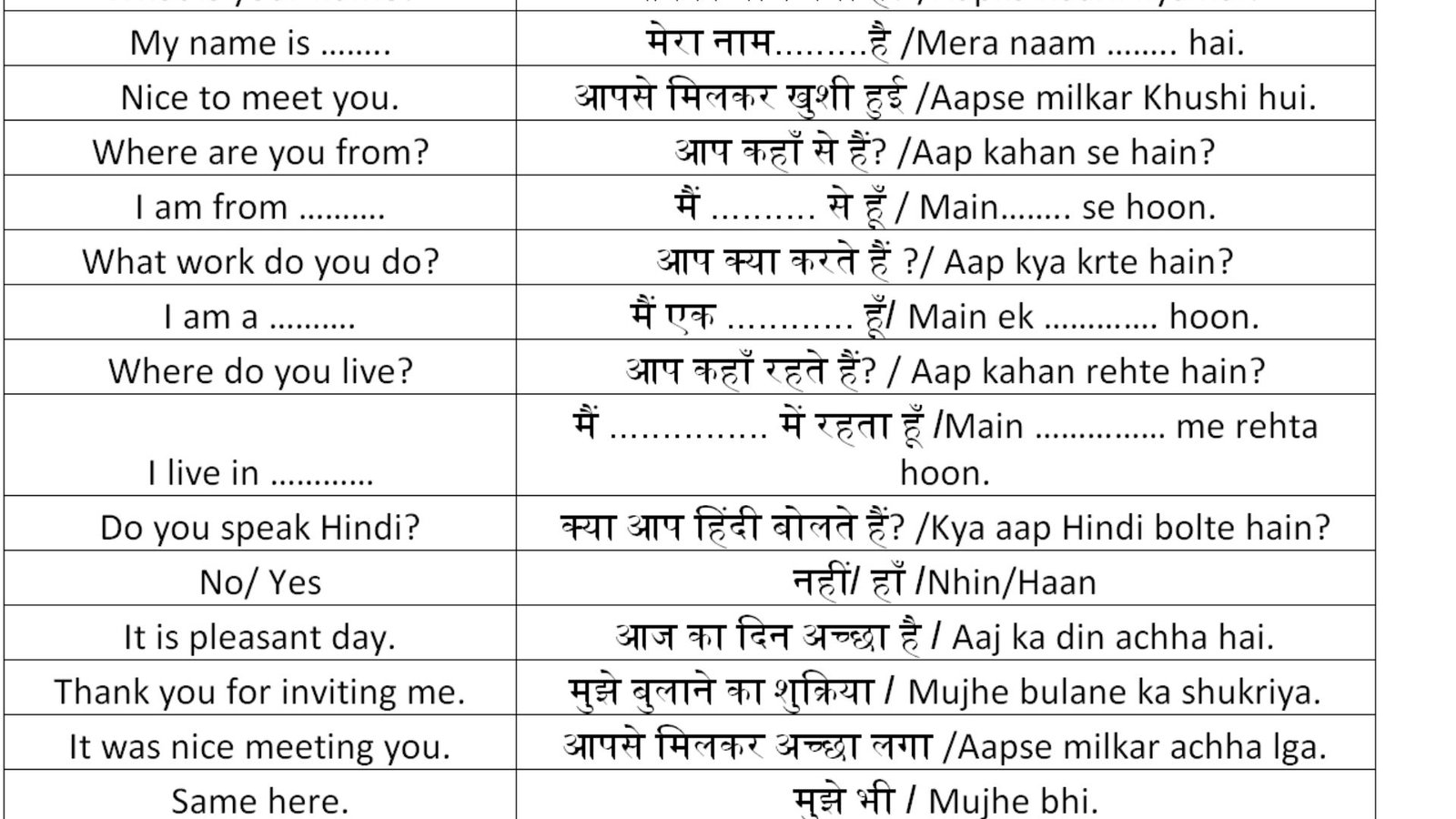Immersing yourself in Indian languages can be an enriching experience. Whether you’re learning Hindi, Tamil, Bengali, or any other language, immersion is one of the most effective ways to gain fluency and understand the cultural nuances. In this article, we’ll explore practical strategies for immersing yourself in Indian languages to help you become proficient and culturally aware.
1. Surround Yourself with the Language
Listening to Native Speakers
One of the best ways to immerse yourself in Indian languages is by listening to native speakers. Watch movies, listen to music, and follow news channels in the language you are learning. This constant exposure will help you get used to the pronunciation, intonation, and rhythm of the language.

Engage with Media
Regularly watching TV shows, films, and online videos in the target language can significantly boost your comprehension skills. Subtitles can be a great help at the beginning but try to watch without them as you progress to challenge yourself and improve your listening skills.
2. Practice Speaking Daily
Language Partners
Find a language partner who is a native speaker or proficient in the language you are learning. Practising speaking regularly will improve your fluency and help you apply what you’ve learned in real-life situations. Language exchange programs can be a great way to find partners.
Join Language Groups
Look for local or online language groups where you can practice speaking. Engaging in conversations with multiple speakers will expose you to different accents and speaking styles, enhancing your adaptability.
3. Use Language Learning Apps
Interactive Apps
Apps like Duolingo, Babbel, and Rosetta Stone offer structured lessons and interactive exercises for learning Indian languages. These apps are convenient for daily practice and provide a variety of activities to keep you engaged.
Consistency is Key
Make it a habit to use these apps every day. Even a few minutes of practice can make a significant difference over time. Set daily goals and reminders to ensure consistent learning.
4. Read Regularly
Books and Magazines
Reading books, newspapers, and magazines in the language you are learning will help you understand sentence structures and expand your vocabulary. Start with children’s books or simple stories and gradually move to more complex texts.
Online Articles and Blogs
Follow blogs and websites that publish content in the target language. This will not only improve your reading skills but also keep you informed about current events and cultural topics.
5. Write Every Day
Journaling
Keep a journal in the language you are learning. Writing about your daily experiences, thoughts, and reflections will help reinforce vocabulary and grammar. Don’t worry about making mistakes; the goal is to practice and improve.
Social Media
Engage with native speakers on social media platforms. Commenting on posts, participating in discussions, and even writing your own posts in the target language can provide practical writing practice.
6. Take Formal Classes
Language Courses
Enroll in language courses offered by local institutes, universities, or online platforms. Formal education can provide a structured learning environment, expert guidance, and a community of fellow learners.
Tutors
Consider hiring a tutor for personalized lessons. A tutor can tailor the lessons to your learning pace and address specific challenges you might face. One-on-one interaction with a tutor can accelerate your learning process.
7. Cultural Immersion
Festivals and Traditions
Participate in cultural festivals and traditions. Celebrating festivals like Diwali, Holi, and Pongal with native speakers will give you practical exposure to the language and its cultural context.
Travel
Travelling to regions where the language is spoken can provide immersive learning experiences. Engaging with locals, navigating daily life, and experiencing the culture firsthand will significantly enhance your language skills.
8. Embrace Technology
Language Learning Websites
There are numerous websites dedicated to language learning. Websites like Lang-8 allow you to write entries that are corrected by native speakers, providing valuable feedback.
Online Communities
Join online communities and forums where people discuss topics in the language you are learning. Reddit, language learning subreddits, and Facebook groups can be excellent resources for practice and support.
9. Use Flashcards
Vocabulary Building
Flashcards are a great tool for building vocabulary. Apps like Anki and Quizlet allow you to create custom flashcards and review them regularly. Focus on learning new words and phrases every day.
Spaced Repetition
Use spaced repetition techniques to ensure long-term retention of vocabulary. This method helps you review words at increasing intervals, reinforcing your memory effectively.
Conclusion
Immersing yourself in Indian languages requires a multifaceted approach that combines listening, speaking, reading, writing, and cultural engagement. By surrounding yourself with the language, practising daily, using learning apps, reading regularly, writing consistently, taking formal classes, embracing cultural immersion, leveraging technology, using flashcards, and listening to podcasts, you can achieve fluency and deepen your cultural understanding. These strategies will help you connect more meaningfully with the rich linguistic heritage of India.

